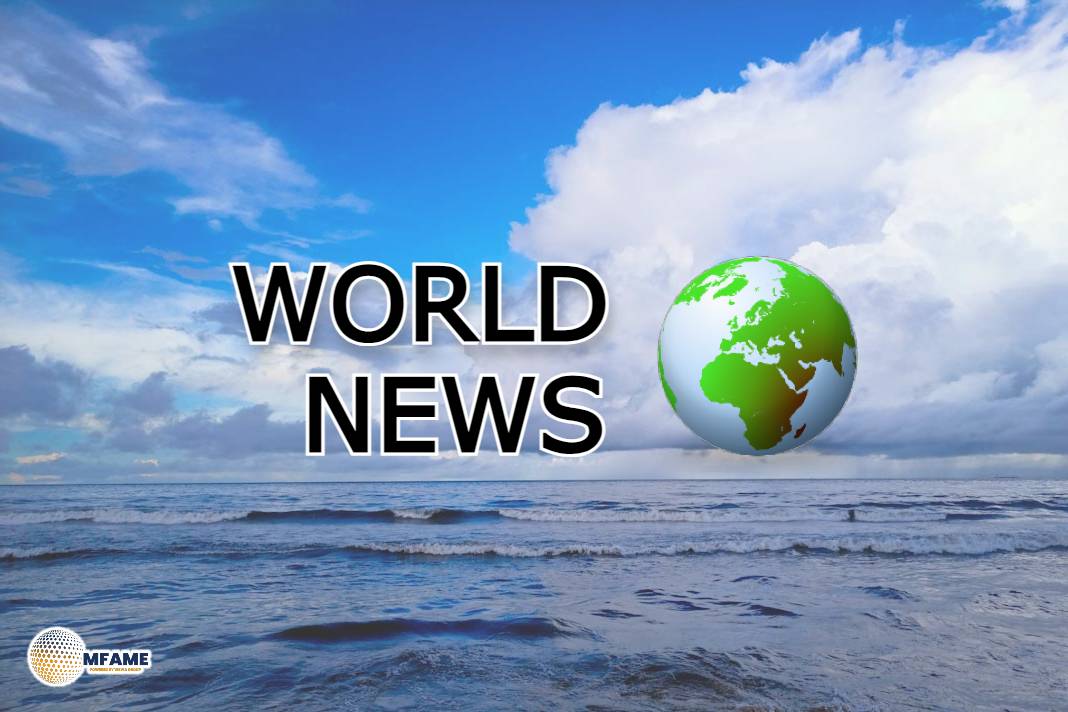 Microplastics, tiny fragments of anthropogenic material, have become omnipresent, infiltrating diverse environments, from Antarctic sea ice to the deepest ocean trenches. A recent study reveals alarming levels of nanoplastics in bottled water, raising concerns about potential health risks, says an article published on bbc news website.
Microplastics, tiny fragments of anthropogenic material, have become omnipresent, infiltrating diverse environments, from Antarctic sea ice to the deepest ocean trenches. A recent study reveals alarming levels of nanoplastics in bottled water, raising concerns about potential health risks, says an article published on bbc news website.
Summary
- Microplastics, tiny fragments of anthropogenic material, have become omnipresent, infiltrating diverse environments, from Antarctic sea ice to the deepest ocean trenches.
- A recent study reveals alarming levels of nanoplastics in bottled water, raising concerns about potential health risks.
- Research by Columbia and Rutgers universities uncovers that bottled water may contain up to 100 times more nanoplastics than previously estimated.
- The average liter of bottled water harbors around 240,000 nanoplastic fragments, with potential health implications.
- The World Health Organization (WHO) asserts that insufficient research exists to conclusively determine health risks from consuming or inhaling these particles.
- Microplastics extend beyond water, contaminating agricultural land and entering the food supply.
Bottled Water Contamination, A Startling Revelation
Research by Columbia and Rutgers universities uncovers that bottled water may contain up to 100 times more nanoplastics than previously estimated. The average liter of bottled water harbors around 240,000 nanoplastic fragments, with potential health implications. The study suggests the plastic may originate from the bottles themselves, emphasizing uncertainties about health risks associated with plastic ingestion.
Health Risks And World Health Organization’s Perspective
Despite the widespread presence of microplastics, the World Health Organization (WHO) asserts that insufficient research exists to conclusively determine health risks from consuming or inhaling these particles. WHO calls for reduced plastic pollution to minimize human exposure, particularly to the smallest fragments, measuring less than 10 micrometers, which are likely to be biologically absorbed.
Ubiquitous Presence, Beyond Bottled Water
Microplastics extend beyond water, contaminating agricultural land and entering the food supply. Sewage sludge, used as crop fertilizer, introduces microplastics and “forever chemicals” to farmland. Studies indicate that humans unwittingly ingest microplastics with each bite, with varying concentrations in different plant types.
Biodegradable Plastics And Alternatives, Compounding The Issue
The move away from single-use plastics towards biodegradable or compostable alternatives may not be a straightforward solution. Research reveals that some items labeled as “biodegradable” take years to disintegrate, contributing to the persistence of microplastics. Additionally, switching to glass bottles poses environmental challenges due to the higher environmental footprint associated with glass production.
Research And Innovations
Researchers explore various approaches to combat microplastic pollution. Fungi and bacteria that feed on plastic, as well as beetle larvae capable of consuming polystyrene, offer potential solutions. Water filtration techniques and chemical treatments are being investigated to remove microplastics and mitigate their impact on the environment.
Did you subscribe to our daily Newsletter?
It’s Free! Click here to Subscribe
Source: bbc
















